Drill holders are indispensable tools in both professional and DIY settings, offering stability and precision in drilling tasks. This article delves into the intricacies of drill holders, explaining what they are, how they work, how to use them effectively, their cost range, and the top models available on the market.
Table of Contents:
– What is a drill holder?
– How does a drill holder work?
– How to use a drill holder
– How much does a drill holder cost?
– Top drill holders
What is a drill holder?
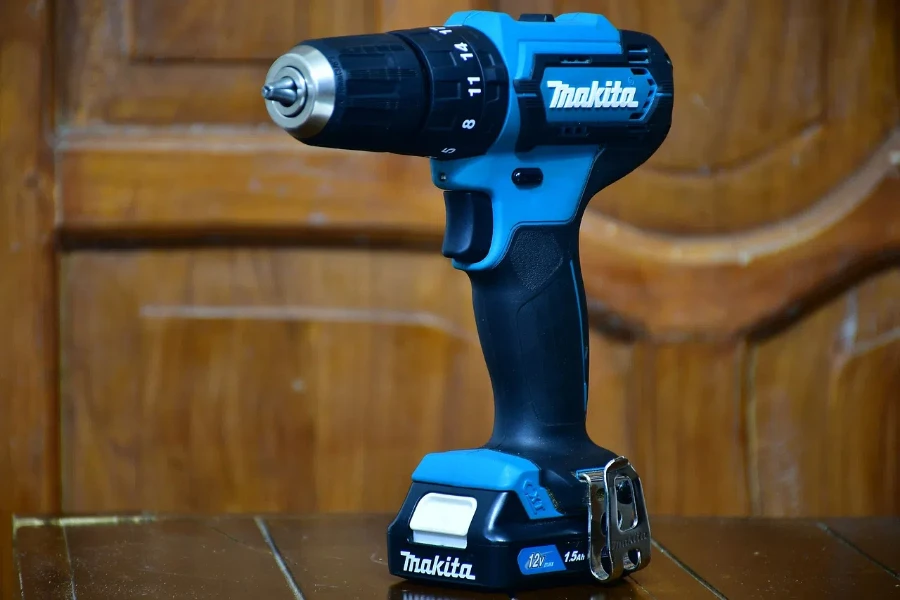
A drill holder is a specialized accessory designed to secure and stabilize a drill during operation. These holders come in various forms, ranging from simple bench-mounted clamps to sophisticated, adjustable stands with multiple features. The primary purpose of a drill holder is to ensure that the drill bit remains perpendicular to the work surface, thereby enhancing precision and reducing the likelihood of errors.
The basic design of a drill holder includes a clamping mechanism to hold the drill and a base to provide stability. Some models also feature adjustable arms, depth stops, and angle guides to accommodate a range of drilling tasks. Drill holders are essential in scenarios where consistent, repeatable holes are required, such as in woodworking, metalworking, and construction.
In addition to improving accuracy, drill holders also enhance safety by keeping the drill steady and reducing the risk of slips and mishaps. They are particularly useful for heavy-duty drilling operations, where manual handling of the drill can be challenging and strenuous.
How does a drill holder work?
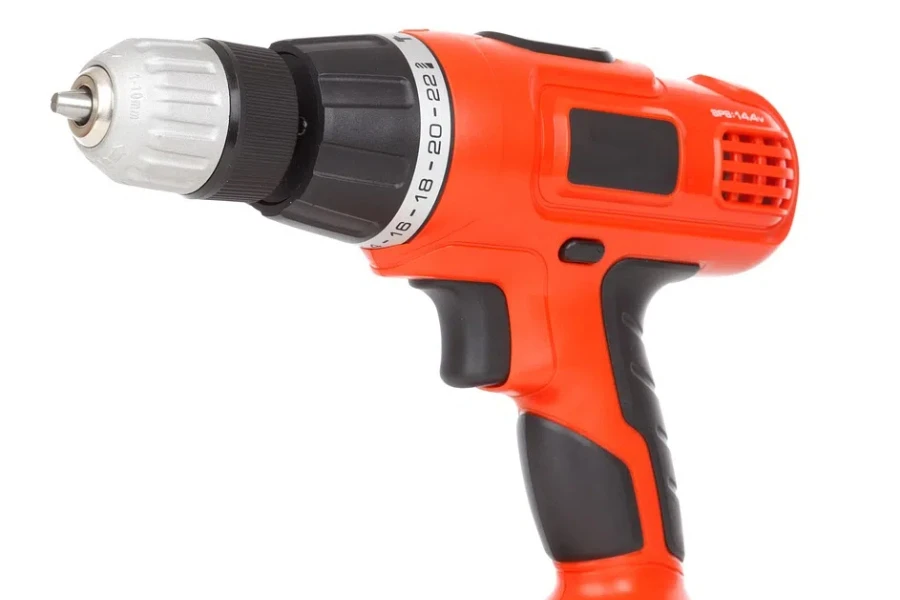
A drill holder works by providing a stable platform for the drill, allowing the user to control the drilling process with greater precision. The mechanism involves securing the drill in place, either through clamps, vices, or mounting brackets. Once the drill is fixed, the user can adjust the holder to the desired angle and depth, ensuring that each hole is drilled accurately.
The stability provided by a drill holder is crucial for maintaining the alignment of the drill bit. This alignment is essential for creating clean, straight holes, especially when drilling through hard materials. The base of the drill holder usually has a heavy, stable structure to prevent any movement during drilling.
Advanced drill holders come with additional features like adjustable arms, which allow the user to set the drill at various angles. This versatility is beneficial for tasks that require angled holes or when working with materials of different thicknesses. Some drill holders also include depth stops, which enable the user to drill holes to a precise depth, a critical feature for applications that demand exact specifications.
How to use a drill holder
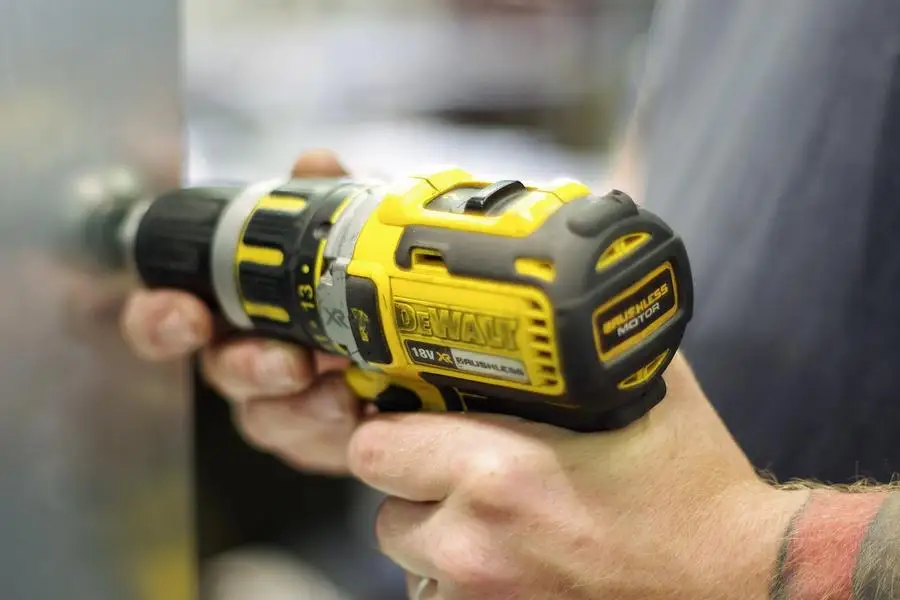
Using a drill holder effectively requires understanding its components and the proper techniques for securing and adjusting the drill. Begin by attaching the drill holder to a stable workbench or surface. Ensure that the base is firmly anchored to prevent any movement during operation. Most drill holders come with mounting hardware for this purpose.
Next, secure the drill in the holder’s clamp or bracket. Make sure the drill is tightly fastened and that the bit is aligned with the desired drilling point. Adjust the holder’s arms or guides to set the drilling angle and depth. It’s important to double-check these settings before starting the drill to avoid any misalignment.
When ready to drill, slowly lower the drill bit to the work surface, applying steady pressure. Allow the drill holder to guide the bit, ensuring that it remains perpendicular to the surface. For holes that require specific depths, use the depth stop feature to maintain consistency. Throughout the drilling process, maintain a steady hand and let the drill holder do most of the work in stabilizing the drill.
How much does a drill holder cost?
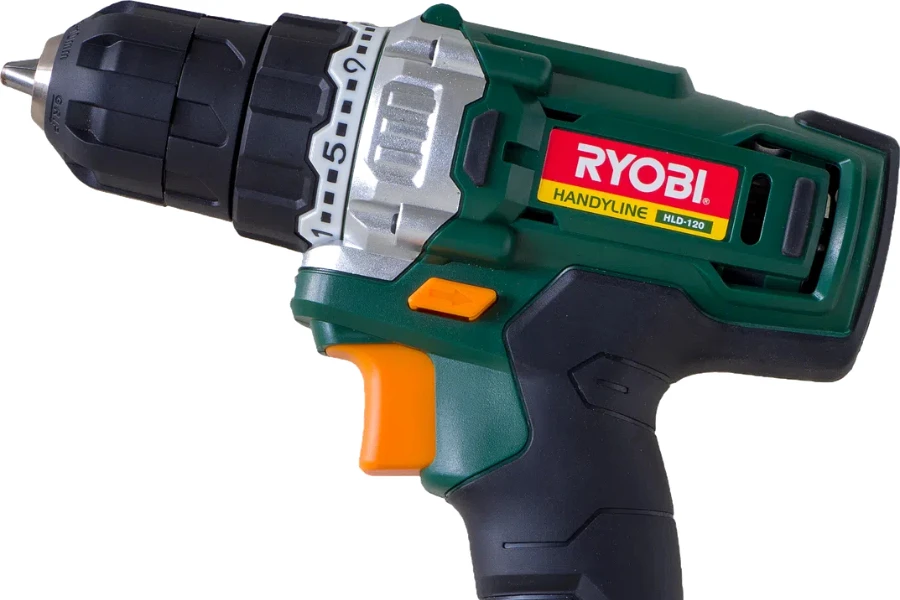
The cost of a drill holder varies widely based on its features, quality, and brand. Basic models, suitable for light-duty tasks, can start as low as $20 to $30. These entry-level drill holders typically offer minimal adjustability and are best for straightforward drilling applications.
Mid-range drill holders, which provide more features such as adjustable arms, angle guides, and depth stops, generally fall within the $50 to $100 range. These models offer better stability and precision, making them suitable for both amateur and professional use.
High-end drill holders, designed for heavy-duty and specialized applications, can cost anywhere from $150 to $300 or more. These top-tier models often include advanced features like digital readouts, quick-release clamps, and robust construction materials. Investing in a high-quality drill holder can significantly enhance drilling accuracy and efficiency, especially for frequent or complex tasks.
Top drill holders
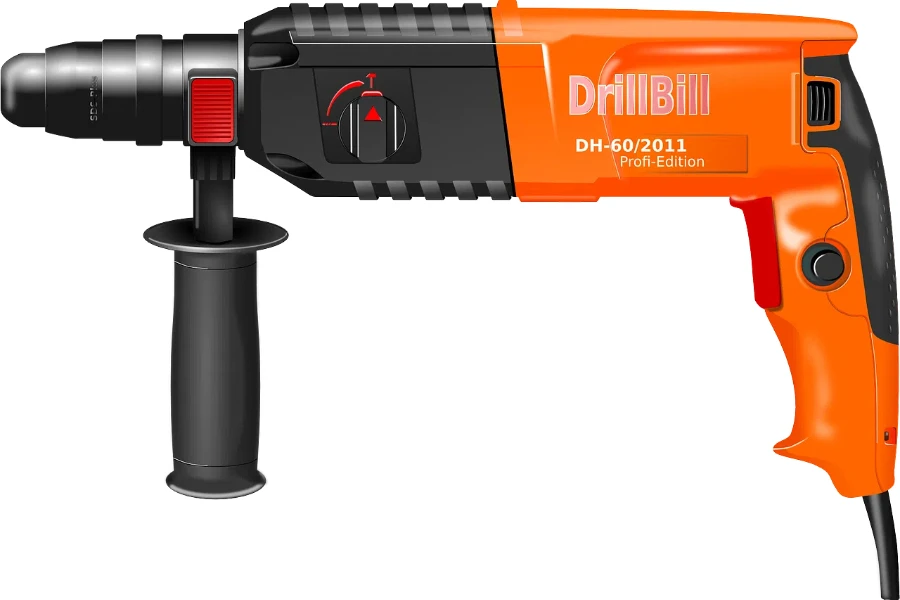
Choosing the right drill holder depends on your specific needs and budget. Here are some top-rated drill holders that cater to various requirements:
- WEN 4208T 8-Inch 5-Speed Drill Press: This model is perfect for users looking for a combination of affordability and versatility. It features five different speed settings and a durable cast iron base for stability.
- DEWALT DWE1622K 2-Speed Magnetic Drill Press: Known for its powerful motor and magnetic base, this drill holder is ideal for heavy-duty applications. Its two-speed settings and easy-to-use controls make it a favorite among professionals.
- Milescraft 1318 DrillMate Drill Guide: This portable drill holder is excellent for those who need a versatile and mobile solution. It allows for vertical, horizontal, and angled drilling, making it a great addition to any toolbox.
- Proxxon 28128 Drill Stand: A high-precision option, the Proxxon drill stand is designed for detailed work. Its adjustable features and sturdy construction make it suitable for intricate drilling tasks in various materials.
Conclusion: Drill holders are essential tools that enhance drilling accuracy and safety. Whether you’re a DIY enthusiast or a professional, investing in a quality drill holder can make your drilling tasks more efficient and precise. From basic models to advanced, feature-rich options, there is a drill holder to suit every need and budget. Understanding how to use and select the right drill holder will ensure you achieve the best results in your projects.



